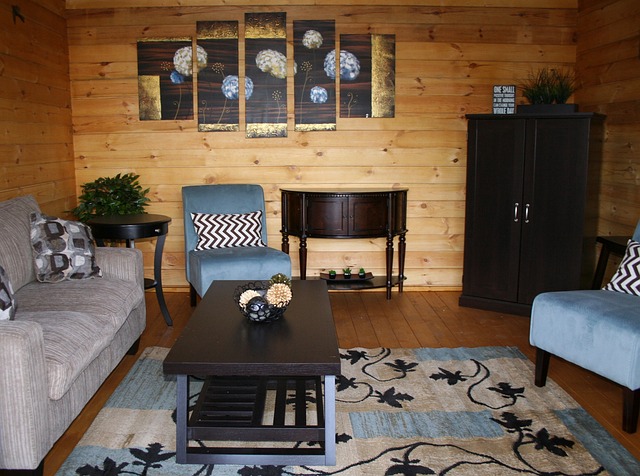
early native american people who lived in the southwest
Sign of solidarity with Native American communities
Hey there! Let's dive into the fascinating world of the early native American people who called the southwest region their home.
There were a variety of tribes and cultures that inhabited this area, each with their own unique traditions and customs. From the Anasazi to the Navajo, these groups left behind a rich legacy that continues to shape the region today.
Contrary to popular belief, not all native American tribes in the southwest were nomadic. Some, like the Pueblo people, established permanent settlements and practiced agriculture. These communities built impressive structures such as cliff dwellings and kivas, showcasing their advanced engineering skills.
It's important to recognize the diversity among these tribes - while some shared similar practices, others had distinct languages and beliefs. Despite facing challenges from European settlers and disease outbreaks, many of these cultures have persevered and continue to thrive in modern times.
So next time you visit the southwest region, take a moment to appreciate the rich history and heritage of the early native American people who once called this land their own. You might just be inspired by their resilience and ingenuity!